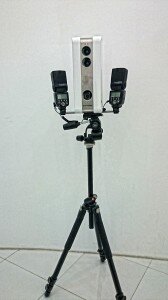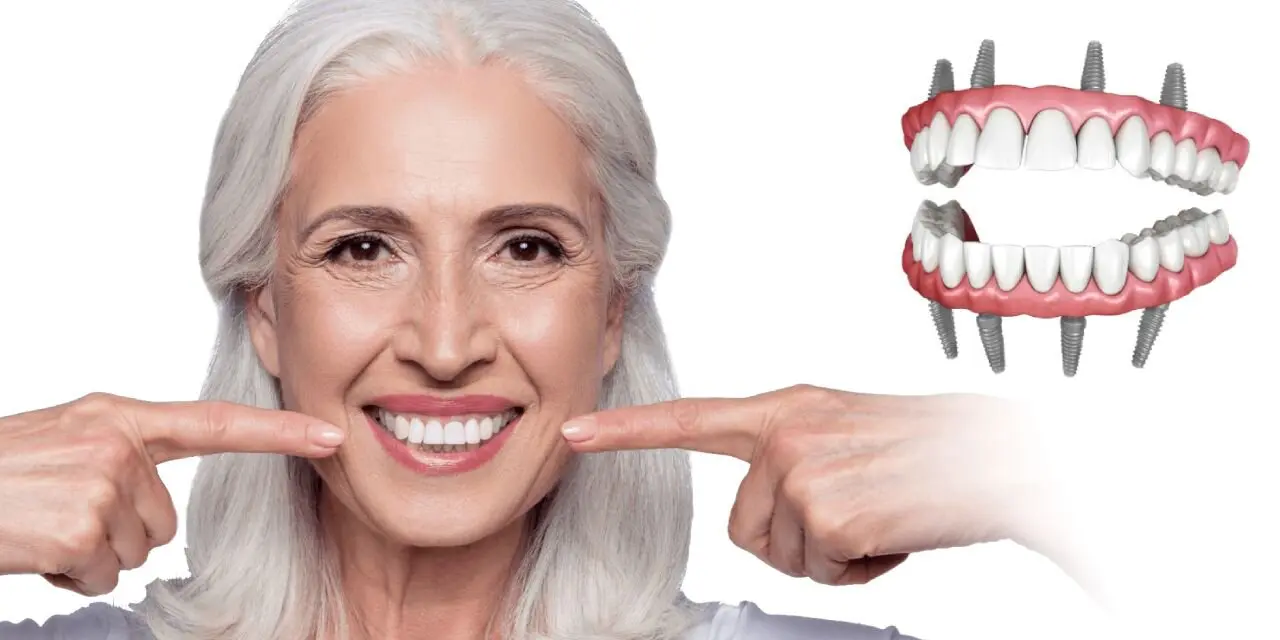How? With the help of the priti mirror face scanner. The device scans the facial skin, the facial structure and the patient’s facial expression and uses the data to create a three-dimensional, photorealistic impression. This is transferred to a computer, which can then be used to carry out the design process. As soon as the scanner data is available, trained experts can adapt the colour and shape of the dental prostheses to suit the patient’s individual facial characteristics and create an image that shows the front of the teeth and the whole face following the treatment.
 This makes it easier for you, as a patient, to visualise the result and to understand what your doctor is trying to tell you.
This makes it easier for you, as a patient, to visualise the result and to understand what your doctor is trying to tell you.
But the work of the face scanner doesn’t stop here – not by a long shot. The data it collects is combined with data from intraoral scanners and model scanners to produce a highly accurate image of the mouth. Information gathered about facial morphology can even be used to create animations of the patient’s expressions.
This allows the dental technician to see how the finished dental prosthesis fits into the overall picture and how it should be adapted in terms of its colour and structure. If, in consultation with the patient, the technician has settled on a design, the data can be sent to the CAD/CAM system.
This system takes care of the final planning step, after which the dental prosthesis is produced using a dental milling machine.
The rough version of the dental prosthesis is now complete – all thanks to an entirely technology-driven process. All that’s left is for the dental technician to carry out the final manual adjustments. The material from which the prosthesis is milled is available in around 40 colours; however, these colours (and the minor structural details of the prosthesis) appear even more natural once they’ve been individually adapted.
At the Dentaprime Clinic, we’ve made this highly technology-driven process a part of our everyday work. Have questions, or want to take advantage of the benefits yourself? Call us at +44 20 3868 9195


